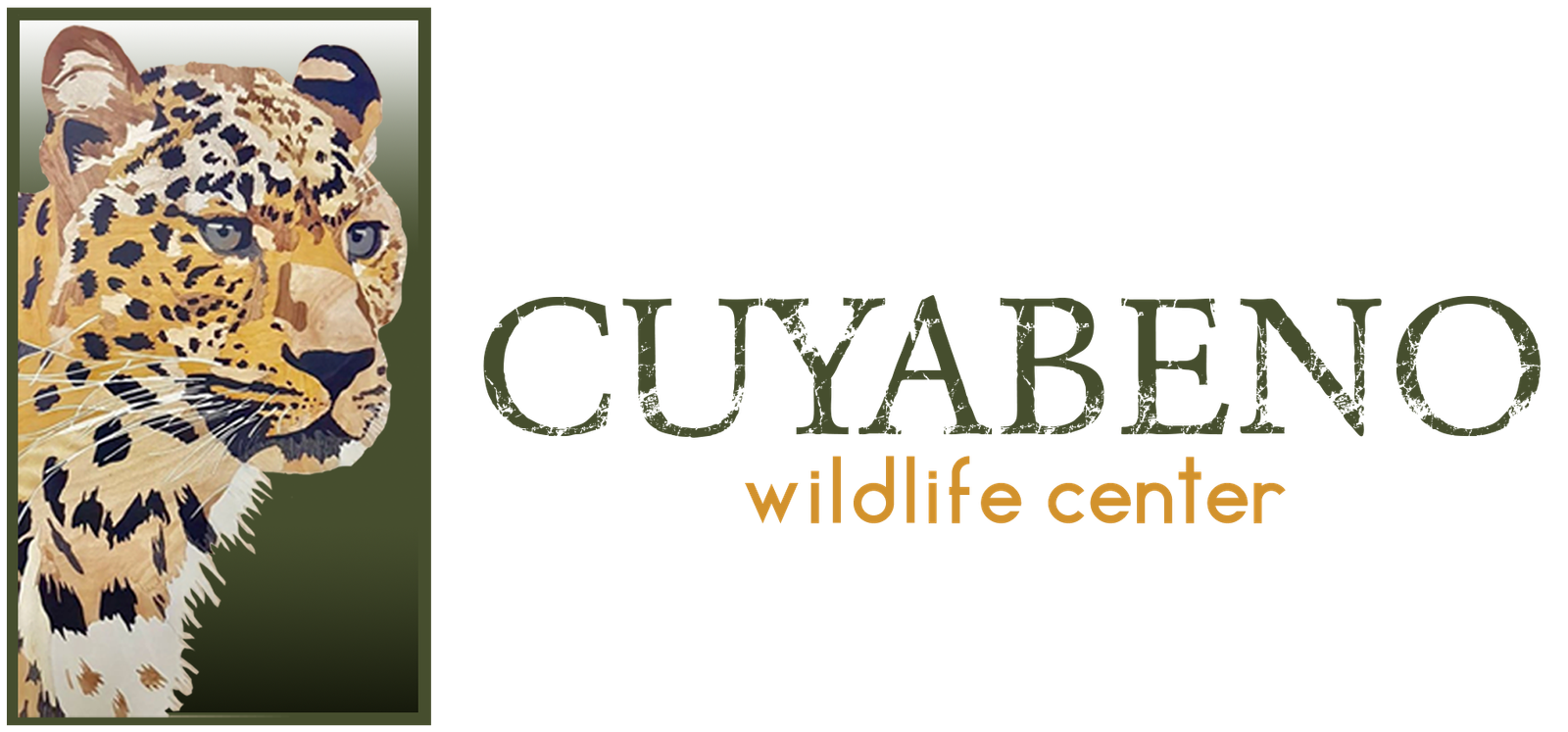The Rich Flora of the Cuyabeno Reserve
List of Flora
Cuyabeno Wildlife Reserve
Trees
- Ceiba Tree (Ceiba pentandra) – Known for its massive size and often considered sacred in indigenous cultures.
- Brazil Nut Tree (Bertholletia excelsa) – Produces the edible Brazil nuts and has a towering presence in the rainforest.
- Kapok Tree (Ceiba pentandra) – Similar to the Ceiba tree, it is also known for its immense size and cultural significance.
- Rubber Tree (Hevea brasiliensis) – Source of natural rubber, with a milky latex sap.
- Mahogany (Swietenia macrophylla) – Valued for its hardwood timber, known for its reddish-brown wood and straight grain.
- Cacao Tree (Theobroma cacao) – Produces cocoa beans used for making chocolate, shade-loving and found under the canopy.
- Ficus Tree (Various species) – Fig trees that often have a mutualistic relationship with fig wasps and provide food for many animals.
- Brazilian Rosewood (Dalbergia nigra) – Valued for its dark, dense wood and used in fine woodworking.
- Acai Palm (Euterpe oleracea) – Produces acai berries that are rich in antioxidants and a staple food for many Amazonian animals.
- Cedro Tree (Cedrela odorata) – Known for its fragrant wood and used in furniture making and construction.
- Andiroba (Carapa guianensis) – Produces oil used in traditional medicine and soap-making, also known for its durable timber.
- Ipe Tree (Various species) – Known for its beautiful, dense wood that is highly valued for decking and outdoor furniture.
- Balsa Tree (Ochroma pyramidale) – Fast-growing and lightweight wood used in construction and crafts.
- Cupuacu Tree (Theobroma grandiflorum) – Related to cacao, produces fruits with a white pulp used in juices and desserts.
- Palm Trees (Various species) – Including various palms like the Mauritia flexuosa (buriti palm) and Attalea speciosa (babassu palm), providing fruits and materials.
Medical plants
- Cat’s Claw (Uncaria tomentosa) – Used for its anti-inflammatory and immune-stimulating properties.
- Ayahuasca (Banisteriopsis caapi) – A vine traditionally used in spiritual and healing ceremonies for its psychoactive effects.
- Sangre de Grado (Croton lechleri) – Known for its wound-healing and anti-inflammatory properties.
- Una de Gato (Uncaria guianensis) – Similar to Cat’s Claw, used for its immune-boosting and anti-inflammatory effects.
- Chuchuguasa (Maytenus laevis) – Used traditionally for treating digestive issues and as a general tonic.
- Sacha Inchi (Plukenetia volubilis) – A source of omega-3 fatty acids and used for its nutritional and medicinal benefits.
- Guayusa (Ilex guayusa) – A caffeinated holly plant traditionally brewed as a tea for its stimulant and antioxidant properties.
- Cascarilla (Cinchona spp.) – Used for its antimalarial properties due to its high quinine content.
- Ginger (Zingiber officinale) – Known for its digestive and anti-inflammatory properties, commonly used in teas and cuisine.
- Copal (Protium copal) – Used in traditional medicine for respiratory issues and as incense in spiritual ceremonies.
Orchids
- Cattleya (Various species) – Known for their large, showy flowers in vibrant colors.
- Dendrobium (Various species) – Often with cane-like stems and clusters of flowers in various colors.
- Phalaenopsis (Various species) – Often called moth orchids, known for their flat flowers and long-lasting blooms.
- Oncidium (Various species) – Characterized by clusters of small, brightly colored flowers resembling dancing figures.
- Epidendrum (Various species) – Diverse genus with sprays of small, often colorful flowers.
- Brassia (Various species) – Known as spider orchids due to their long, spidery flower sepals.
- Cymbidium (Various species) – Often grown for their long-lasting flowers and elegant appearance.
- Vanda (Various species) – Usually large, with strap-like leaves and colorful, long-lasting flowers.
- Miltonia (Various species) – Often fragrant with clusters of flowers resembling pansies.
- Vanilla (Vanilla planifolia) – Source of vanilla beans, with greenish-yellow flowers and vine-like growth.
- Paphiopedilum (Various species) – Known as slipper orchids, with unique pouch-like flowers.
- Coelogyne (Various species) – Typically with fragrant flowers and often grown for their elegant appearance.
Bromeliads
- Guzmania (Various species) – Colorful bromeliads with showy flower spikes and water-holding rosettes.
- Tillandsia (Various species) – Air plants that absorb moisture and nutrients from the air, often found attached to trees or rocks.
- Aechmea (Various species) – Bromeliads characterized by their striking inflorescences and spiky leaves.
- Neoregelia (Various species) – Known for their central rosettes of colorful leaves and relatively flat growth habit.
- Cryptanthus (Various species) – Low-growing bromeliads with decorative foliage and often intricate patterns.
- Vriesea (Various species) – Bromeliads with tall, colorful flower spikes and glossy foliage.
- Billbergia (Various species) – Bromeliads with colorful, tubular flowers and often broad, strap-like leaves.
- Pitcairnia (Various species) – Typically with rosettes of narrow, spiky leaves and tall, slender flower spikes.
- Tillandsia usneoides – Commonly known as Spanish Moss, this bromeliad forms hanging, grayish-green strands in tree canopies.
- Orthophytum (Various species) – Small to medium-sized bromeliads with compact rosettes and often colorful foliage.
- Canistropsis (Various species) – Typically with stout, leathery leaves and colorful inflorescences.
- Dyckia (Various species) – Bromeliads with stiff, sharp-edged leaves and often yellow or orange flowers.
Other interesting plants
- Cecropia Trees (Cecropia spp.) – Known for their rapid growth and hollow stems that provide shelter for ants, which in turn protect the tree from herbivores.
- Oxbow Lakes Palm (Mauritia flexuosa) – Also known as the aguaje palm, it produces edible fruit and is important for local economies and wildlife in flooded forest areas.
- Giant Arum (Amorphophallus gigas) – A species of arum known for its large, striking inflorescence and unpleasant odor when in bloom.
- Giant Amazonian Lily (Victoria cruziana) – Similar to the Amazon water lily, known for its large floating leaves and white flowers that open at night.
- Ecuadorian Pitcher Plant (Heliamphora spp.) – A genus of carnivorous plants found in the highlands of Ecuador, including some rare species that may be found in the Cuyabeno Reserve.
- Mangrove Trees (Various species) – Found in the coastal areas and river deltas of the reserve, mangroves are crucial for protecting against erosion and providing habitat for marine life.
- Wild Cocoa Trees (Theobroma bicolor) – A species of cocoa tree found in the understory, producing small, colorful fruit pods that are important for local wildlife.
Our Mission
At Cuyabeno Wildlife Center, our mission is to provide our guests with an authentic and immersive rainforest experience while promoting conservation and sustainability for the animals of the Cuyabeno Reserve. We believe that ecotourism is a powerful tool for protecting the natural environment and supporting local communities.

Support local communities
Our tours support the local communities through sustainable practices, employment opportunities, and preservation of traditional cultures.

Amazon Conservation Project
As part of the Amazon conservation project, we participate in reforestation efforts, wildlife monitoring, and environmental education to protect the Amazon rainforest.

Educate Guests who Visit us
We provide guests with guided tours and interactive experiences that showcase the incredible animals and ecosystems of the Cuyabeno Wildlife Reserve, to educate about the biodiversity and importance of the rainforest.







































